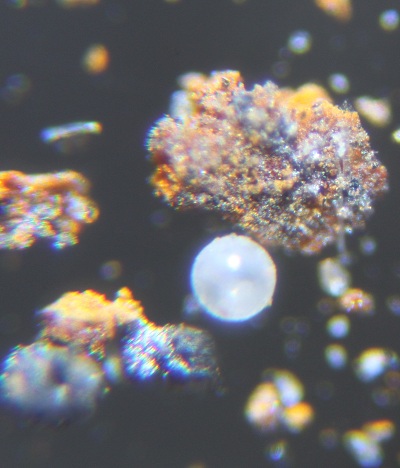A New Material Analysis of World Trade Center Dust, by Tracy Postert, B.A., Ph.D., P.C.Ed.
Introduction:
In the ten years that has elapsed since the attacks on the World Trade Center on 9/11/2001, there have been no articles or reports that have fully characterized the destruction of the buildings that made up the WTC complex. No government or academic researchers have produced a convincing explanation of the coincident appearance of an almost unbelievable amount of dust when the WTC buildings were destroyed. At best, the many articles that have been written only give a superficial description of the WTC dust, divorced entirely from a discussion of how that dust came into existence.
An important report was supposed to tell the world how this happened. Unfortunately, the 9/11 Commission Report, based on the analysis of the National Institutes for Science and Technology, stopped explaining the horrific event at an oddly precise moment: when the conditions for destruction had been achieved. This means that the Commission did not actually report on the destruction itself. If the Commission had reported on the destruction of the WTC, they would have had to explain how steel framed buildings became dust, or at a more basic level, that the buildings became dust. At one moment, there were giant buildings that had been damaged but were still standing (Fig. 1A). Then, precipitously, there was an expanding cloud of dust and a disappearing steel framework (Fig. 1B).
The lack of a full explanation for this unique phenomenon has left a gap open for a wide variety of conspiracy theories about what really happened in New York on 9/11 and who was behind the attacks. This report counters many of these conspiracy theories, specifically those that suggest high heat mechanisms (bombs, explosive materials, nuclear devices). A new material analysis of the WTC dust is provided here which leads to a novel and powerful answer to the question, “What happened to the World Trade Center?”








